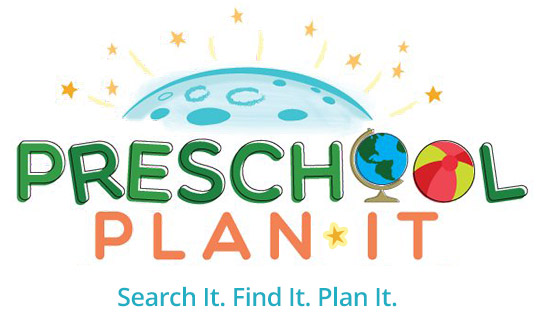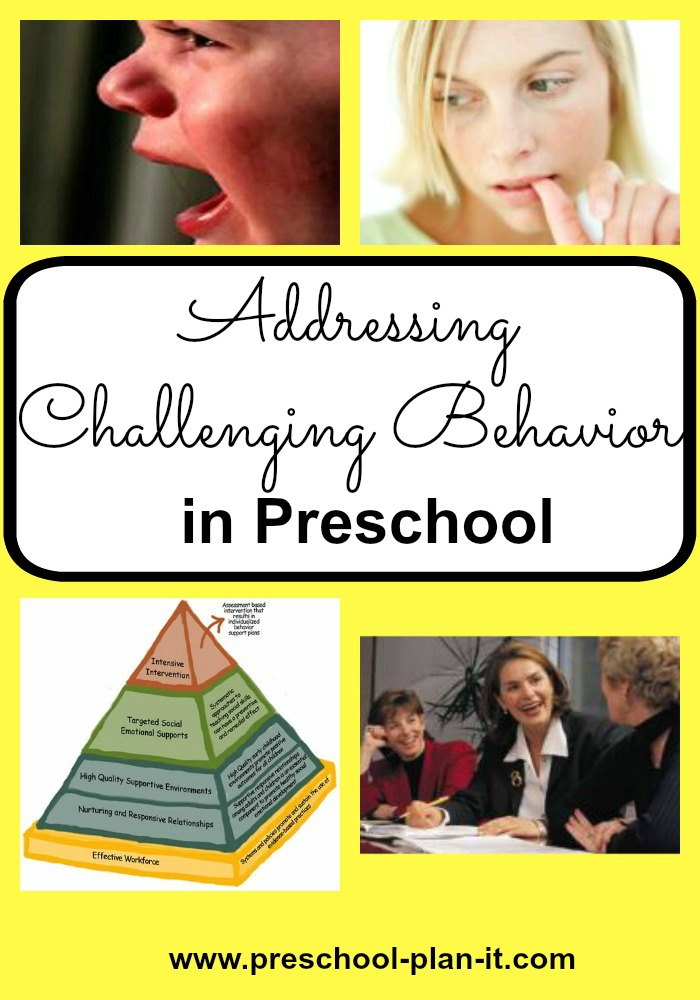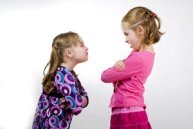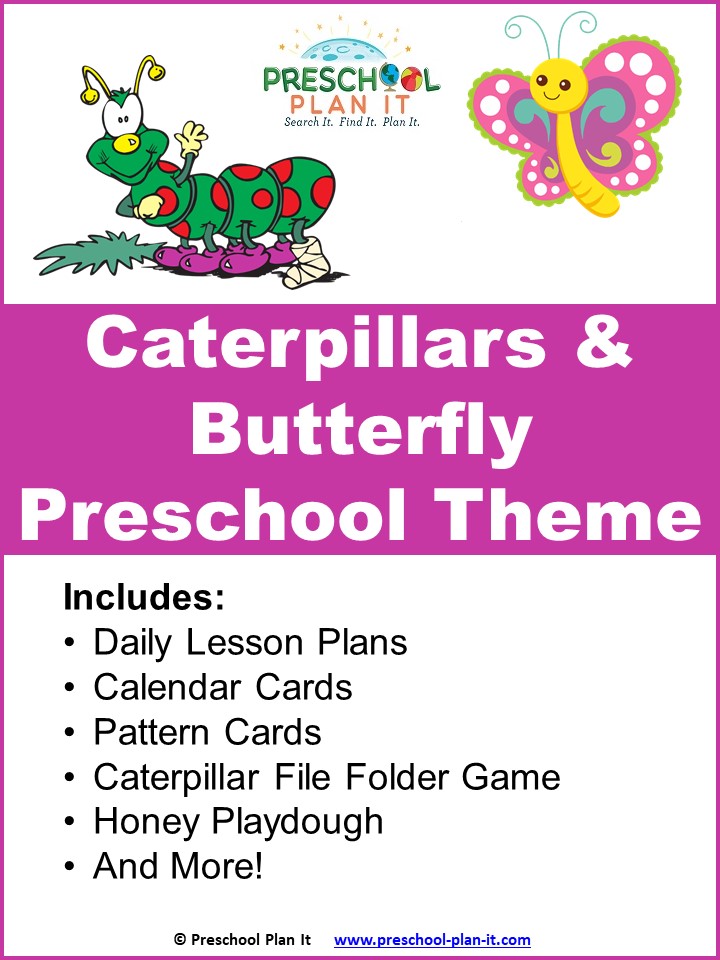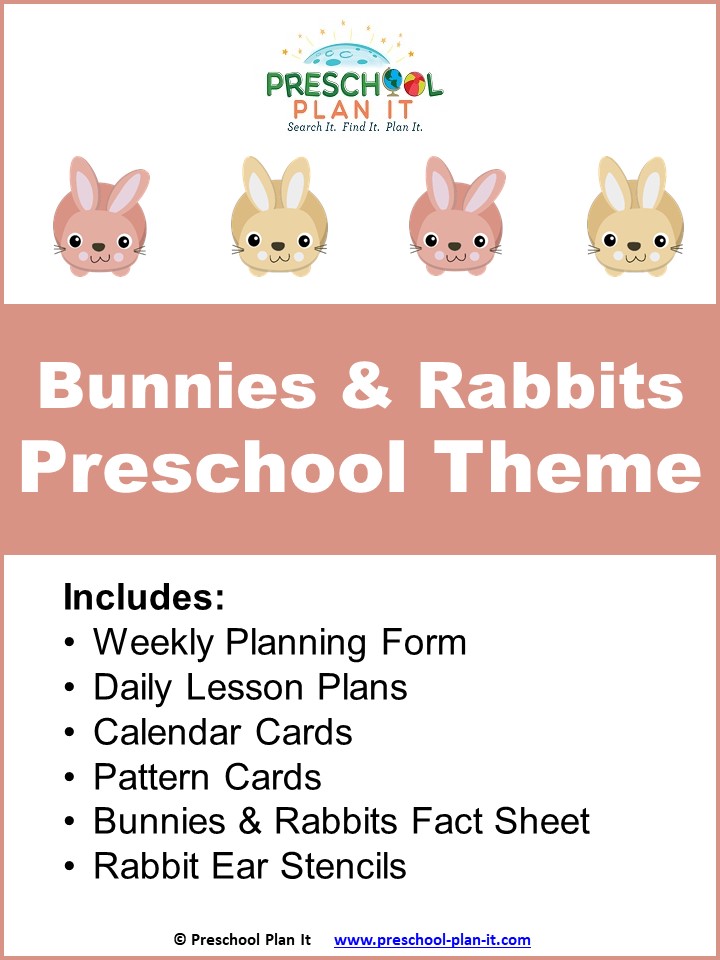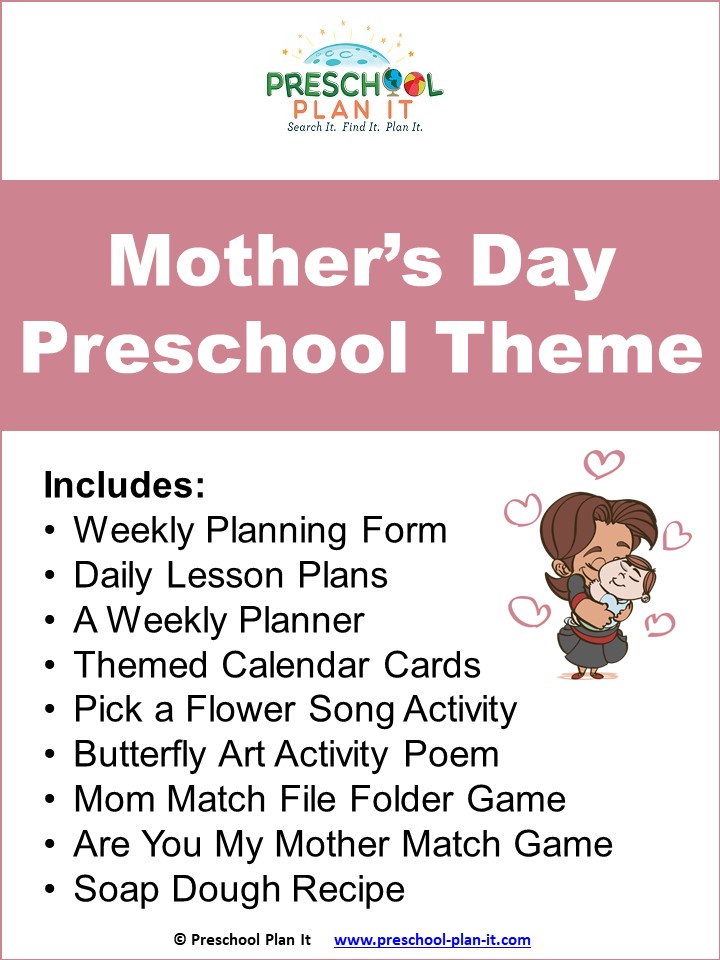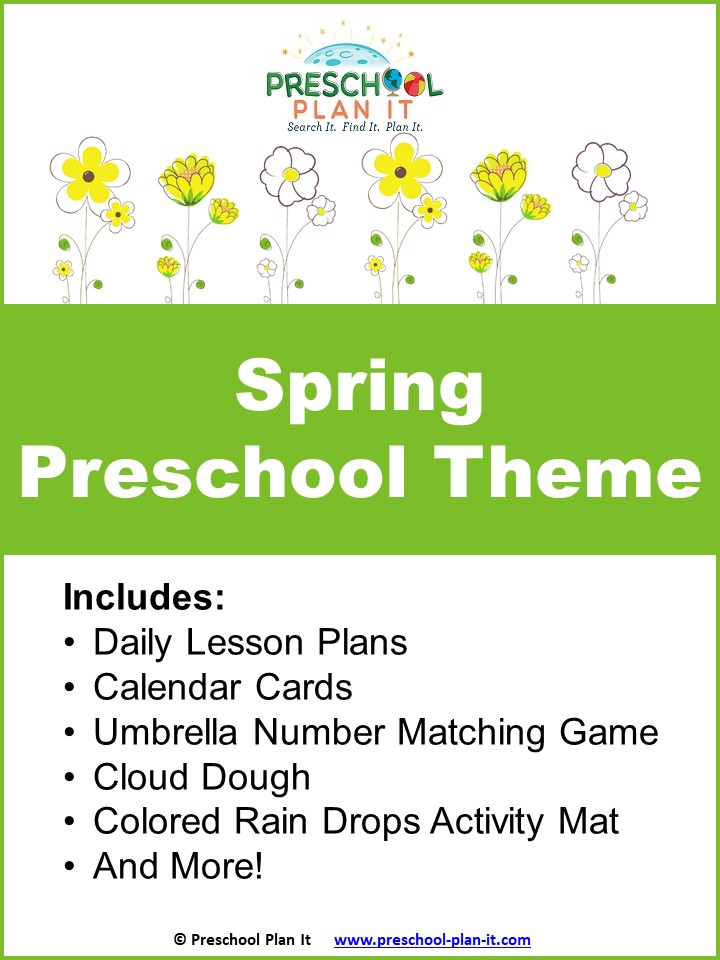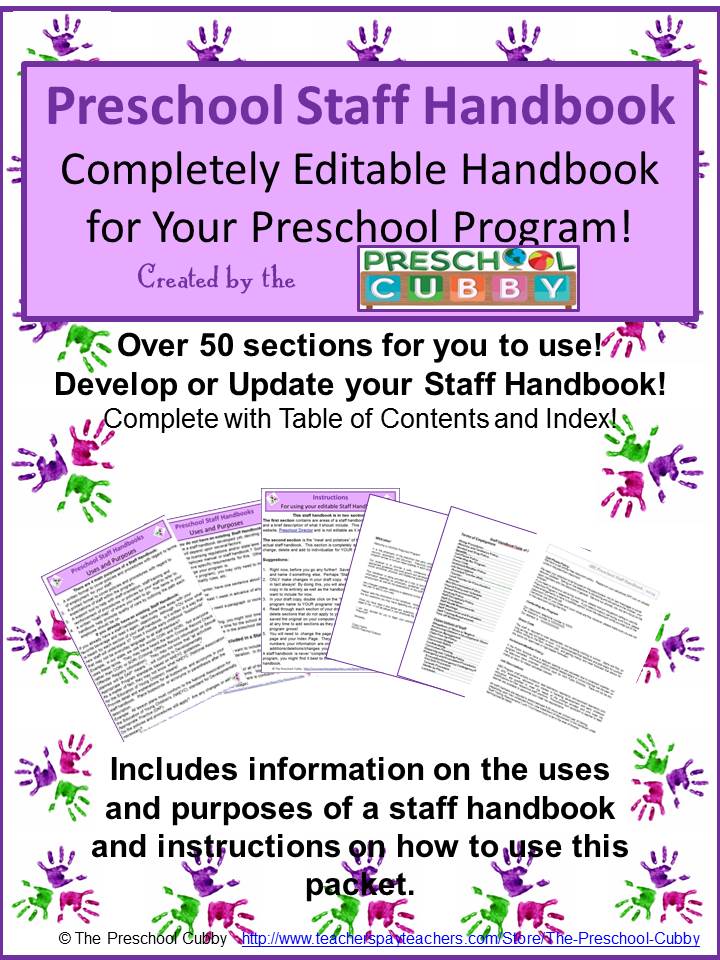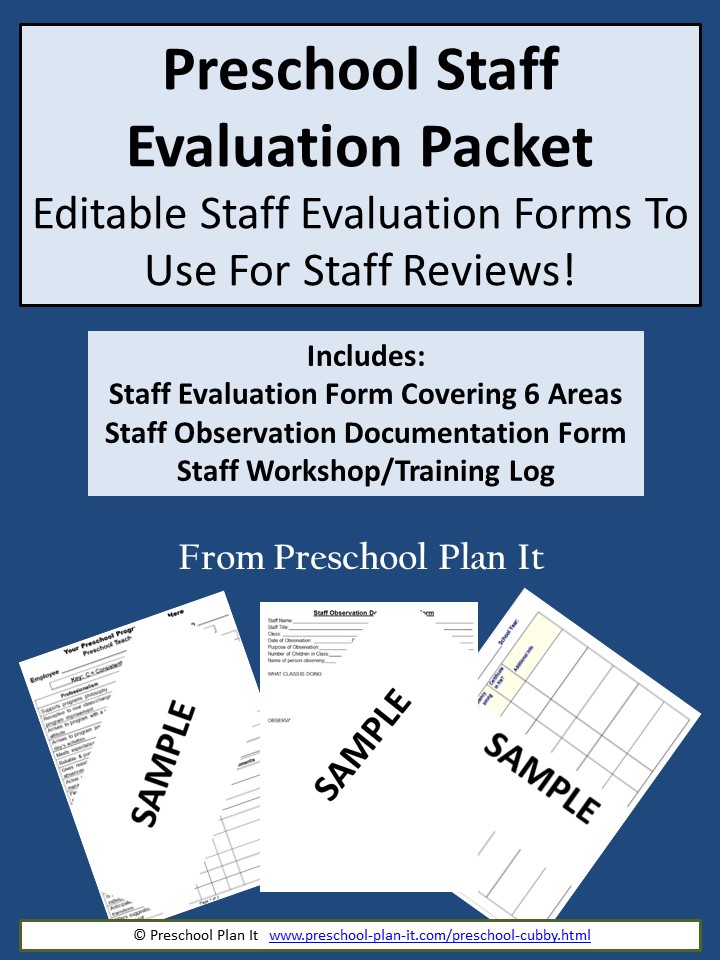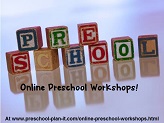- Theme Packs
- Themes
-
Preschool Planning
- Preschool Teachers
4 Steps to Proper Behavior Guidance Techniques
Behavior guidance, behavior modification, discipline: all words used to describe ways of dealing with preschool behavioral "issues". But, what is the best way?
Before we can "guide", "manage", "discipline" or "modify" behavior, we need to be knowledgeable in appropriate expectations for the ages that we serve.

Most preschool teachers will say that part of their role is to help prepare their students for kindergarten. And this is true. How we go about it, however, should be based on a solid understanding of child growth and development.
If we are not well educated in this ONE area, we may have incorrect expectations, meaning we may be expecting our children to be kindergarteners NOW!
Let's restate this part of our role: Our job is to PREPARE our children for kindergarten, not TURN THEM INTO kindergarteners...they ARE preschoolers!
Okay, with my preschool mantra now out of the way... ;)
Preparing preschoolers includes helping them to navigate all the social skills they are developing including problem solving skills, interacting in a group, interacting one-on-one with peers as well as with adults.
The 4 Steps To Determining Proper Behavior Guidance
Understanding preschoolers' behavior and having reasonable expectations of the ages in your classroom are the key to proper discipline.
1. Behavioral Problem or Temperament?
When you encounter a conflict in the classroom, ask yourself a few questions:
1a. Is this a behavioral problem or is this part of their developmental stage?
1b. Is this part of the child's temperament?
Regardless, behavior guidance will be needed. However, you will address the conflict differently depending on your answers to these questions.
Not all children who are 3 years and 4 months old act the same way. Children differ in their developmental stages.
Your student who just recently entered into cooperative play (actually playing and interacting with other children during play) from the parallel play stage (where they play NEXT TO a peer with minimal interaction) may need some guidance on acceptable social norms in play for this age.
He/she is not being "selfish" or "hoarding" when they take most of the cars or farm animals. They have not figured out the sharing/fairness part of cooperative play. This is where your guidance comes in.
On the other hand, your student who walks over to a group, takes all the cars or farm animals, and then walks away from the group with them all is dealing with a different social issue.
You can respond by saying "That's not nice." or "You need to share." However, you are not helping either the children in the group or the individual child to be involved in their own problem solving.
Did someone in the group take a toy away from that child and we missed it? Does this child want to play with the animals but does not have the verbal or social skills to express that? Does this child WANT to play with the group but does not know how to break into this established play group?
Only by talking and interacting with the children will you be able to determine the goal of this latter child's actions.
Not all children have the same temperaments (the same is true for us as adults!). How children behave or react to situations will not only be affected by their developmental age, but also by their own personal qualities such as how adaptable they are, or moodiness or shyness.
2. Is the child ready to learn something new?
Is the child ready to learn something new that they, perhaps, do not yet know where to begin?
As discussed above, a child may be ready to play with other children and want to play with other children (cooperative play), but not know how to enter an established group at play. Be aware of this when you see conflicts between children and try to identify patterns.
3. Is your classroom design or classroom schedule the problem?
Yes, it may be one of those things and correcting it will be your application of behavior guidance! Are you expecting the children to sit for 20+ minutes at circle time? (Remember that the average length of high school class is 38 minutes--how can your preschoolers be expected to do what high school students' neurons can not handle??!).
Is there a LOT of open space that just "screams"..."Come....run here!"?
Is there a poor flow of set up for the interest centers? Do children need to walk through the block center to get to the bathroom or to the art table (therefore causing many mighty castles to be knocked down?).
4. What is the child's "goal" of misbehavior?
Goals of Misbehavior
One of my all time favorite books regarding behavior guidance is by Jane Nelsen, Ed.D. You can check it out here on Amazon. It is called Positive Discipline for Preschoolers
(I LOVE Amazon, and some of the links below will take you to the Amazon website. If you do choose to purchase yours through Amazon, they do send me a few cents--which supports my coffee habit! )
Jane Nelsen sites that there are 4 Mistaken Beliefs and Mistaken Goals of Misbehavior in preschoolers. Every conflict you see in your classroom, with the exception of a special need, will line up with one of these 4 goals:
1. Undue Attention (The mistaken belief: I belong only when I have your attention. Mistake goal:to keep others busy or to get special service).
2. Power (Mistaken belief: I belong only when I'm the boss or at least when I don't let you boss me. Mistaken Goal:to be boss)
3. Revenge (Mistaken belief: I don't belong but at least I can hurt back. Mistaken Goal: to get even)
4. Assumed Inadequacy (Mistake belief: It is impossible to belong. I give up. Mistaken Goal: to give up and be left alone)
Jane Nelsen has a great chart in this book that takes you through the steps of how to deal with each of the 4 possibilities. She suggests how the teacher may feel during the conflict and therefore, how the teacher may respond and how that feeds into the child's only temporary ending of the conflict. She then makes suggestions on how to deal with the behavior so that the child learns to navigate this social issue or conflict in the future.
Combining your answers to the questions you asked in the first part of this page and your objective observation of the conflict will help you determine what the child's reason behind the behavior is.
Regardless of the reasons for conflict, there WILL be conflict in the classroom. There are not many days that we hear that "textbook buzz" of happy children playing peacefully the entire morning!
There are many ways to help our students grow and develop problem solving and social skills. There are just as many ways to apply behavior guidance.
We need to be aware of what they are and how to apply them to the ages and stages of children we serve.
Here are some suggestions regarding behavior guidance training:
1. If you have never taken a college level Child Growth and Development class, do it! Find out if there are any monies in your preschool budget for this. Some 2-year colleges (that offer ECE degrees) receive grants from the state to offer a reduced tuition for ECE course to those working in the field.
2. If you HAVE taken this course, take a refresher! We sometimes forget what reasonable expectations are and a refresher class always helps!
3. Check your local library, ask colleagues or otherwise get a copy of Positive Discipline for Preschoolers.
I have used this book as an in-service, onsite training for staff members...sometimes independently and sometimes as a group.
As a group, we would all read a set chapter (or chapters) between staff meetings and discuss what we learned and how to apply it to our specific classrooms at the next meeting. It was great behavior guidance training for us all.
Summary
Behavior Guidance is a very large topic!
We, as early educators, need training and skills on how to deal with it every day. It truly is part of our jobs. It is part of helping the preschoolers in our care grow and develop in positive ways. There is not a "one size fits all" behavior plan. It depends on the situation.
Here are some areas of "challenges" we run into often in our classrooms. Do they seem familiar?
Bathroom Words, "Bullying", Cliques, Listening at Circle Time, Lying, Manners (or lack thereof), Respect, Separation Anxiety, "Sharing" and "Being Nice", Swearing (including the use of bathroom words), Tattling.
The list goes on and on. Write down your behavioral or challenging issues and run through these 4 steps for each one. They will help you determine how to address the specific issue and develop a behavior guidance technique for that challenge rather than label the child as a "behavioral problem".
Other pages you might be interested in:
Go to Preschool Plan It's Home Page


Hey there! Welcome to Preschool Plan It! I’m Cheryl, a preschool teacher of over 20 years.
I KNOW, I know, you spend hours of time developing your preschool themes, activities and preschool lesson plans each week. You are commited to planning preschool themes and activities that are engaging hands-on, interactive, fun AND meet the goal of supporting each child’s level of growth and development.
I am commited to providing you, the preschool teacher, with everything you need to develop preschool lesson plans and preschool activities for your classroom all in one place!
READ MORE
Join My Free Preschool Teacher Tips Newsletter
You’ll receive a weekly email with planning tips and teaching ideas.
You'll also receive (on the 1st of each month) a free theme starter pack with some printables and activity ideas to get you started planning a theme!Join Now and Get Your First Theme Right Away!
© Copyright 2010-2025 Preschool-Plan-It.com | All Rights Reserved | Privacy Policy & Disclaimer
- Preschool Teachers
